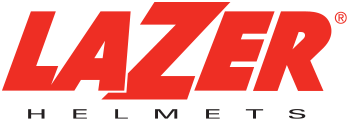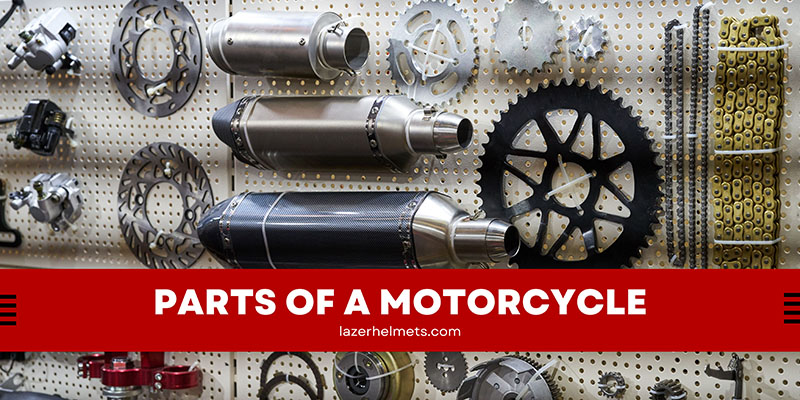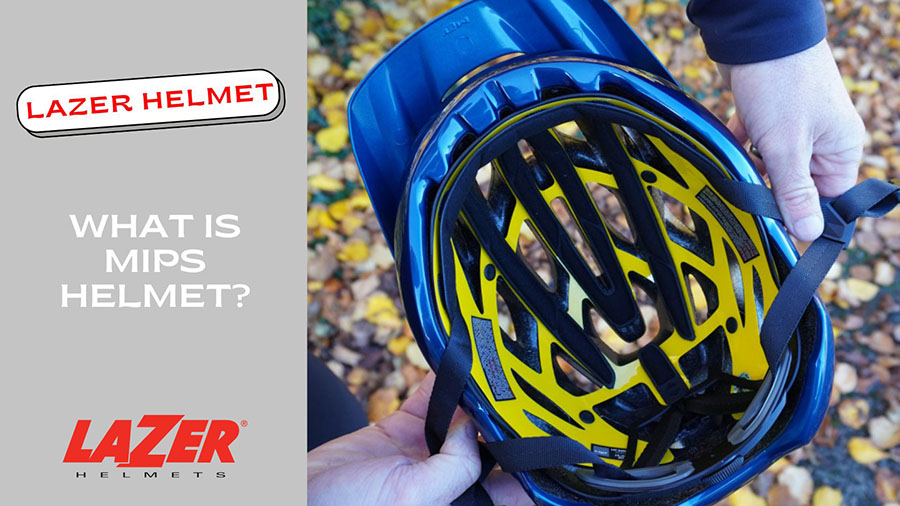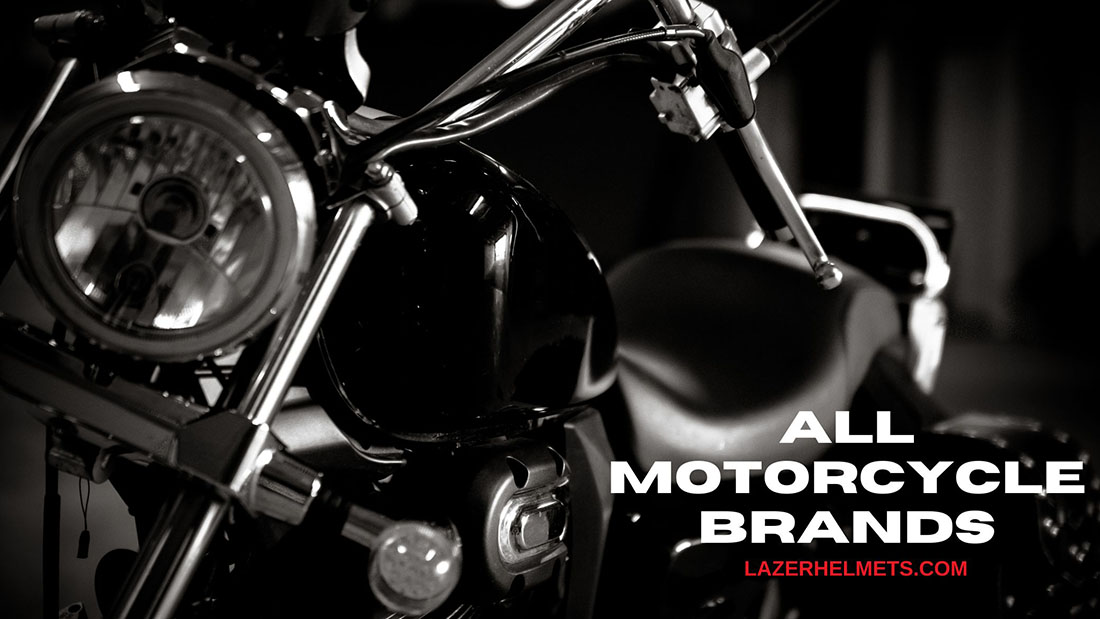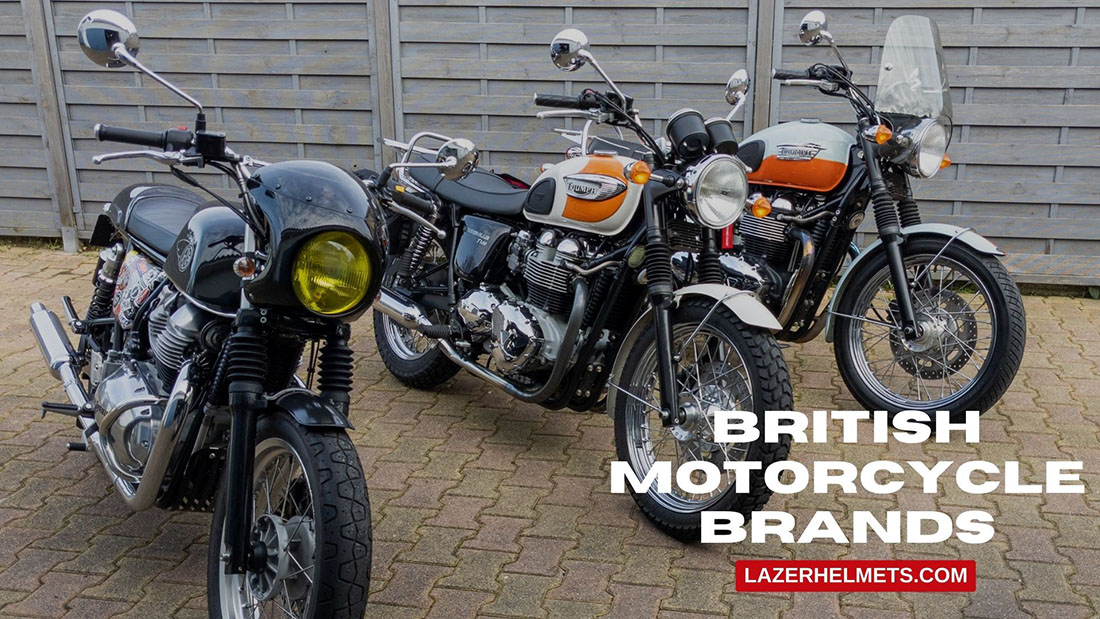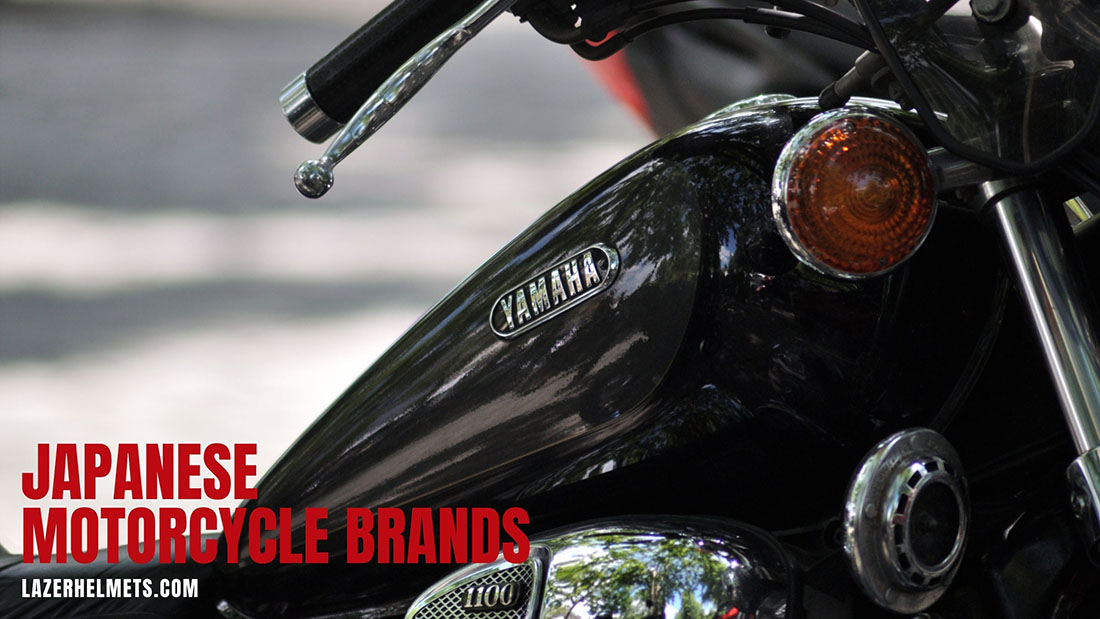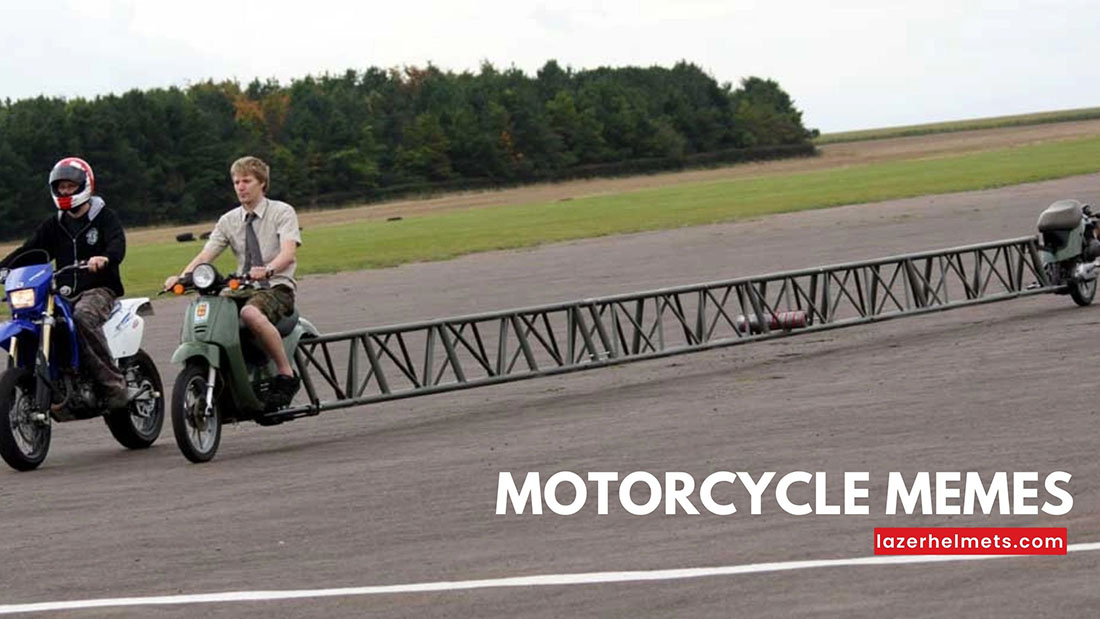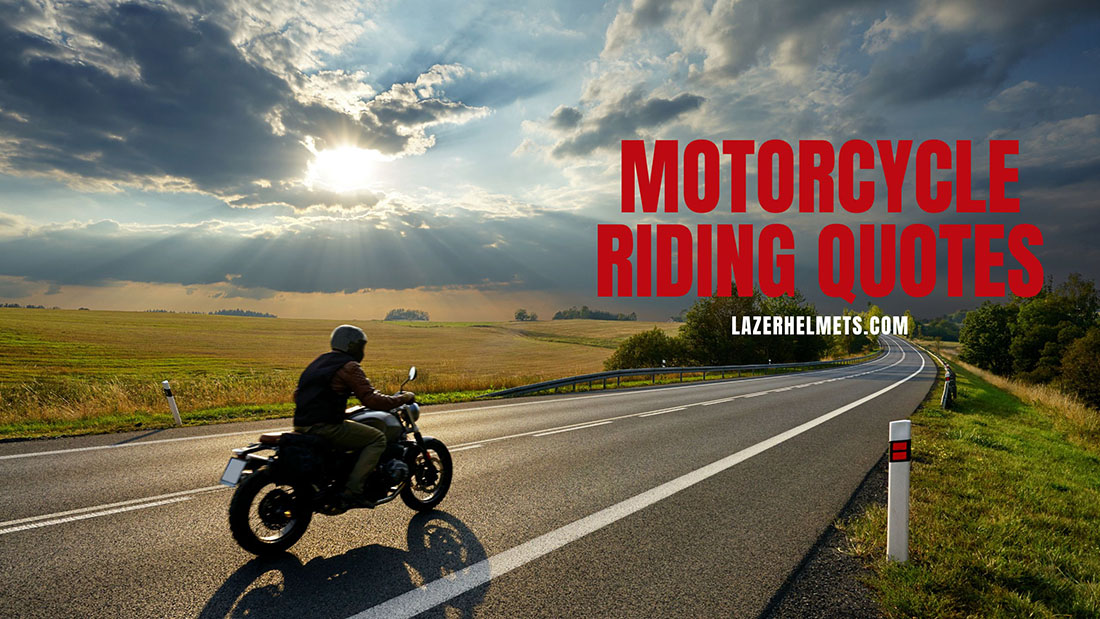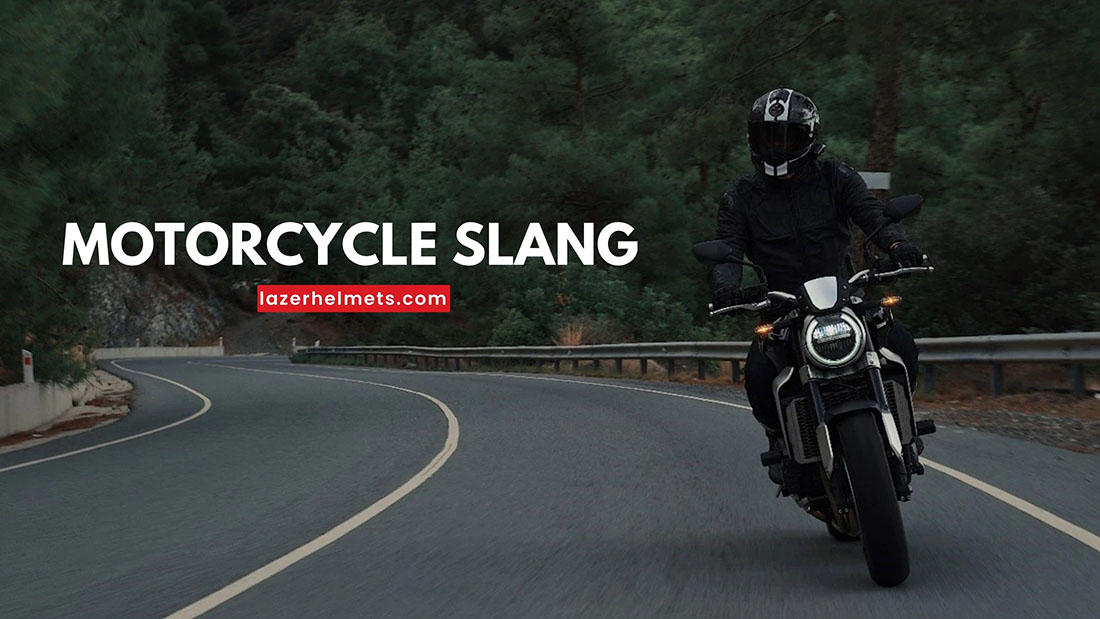At first glance, riding a motorcycle seems like a straightforward concept. Like, what should you even be afraid of? All there is to do is to hop on the seat, press the pedal, and run!
While it’s true that operating a two-wheel does not sound as complicated as some make it to be, having close insights into its internal components and structure is critical. Only then can you maximize its performance and know where to look for when signals of malfunctions appear.
This article will provide a detailed list of motorcycle parts and accessories, ensuring you know all their names and functions. Scroll for more.
Table of Contents
What Are The Main Engine Parts Of A Motorcycle?
To understand how a motorcycle works, we have provided a full overview of each component and how their combined performances sustain the bike’s general mechanism.
1. Engine
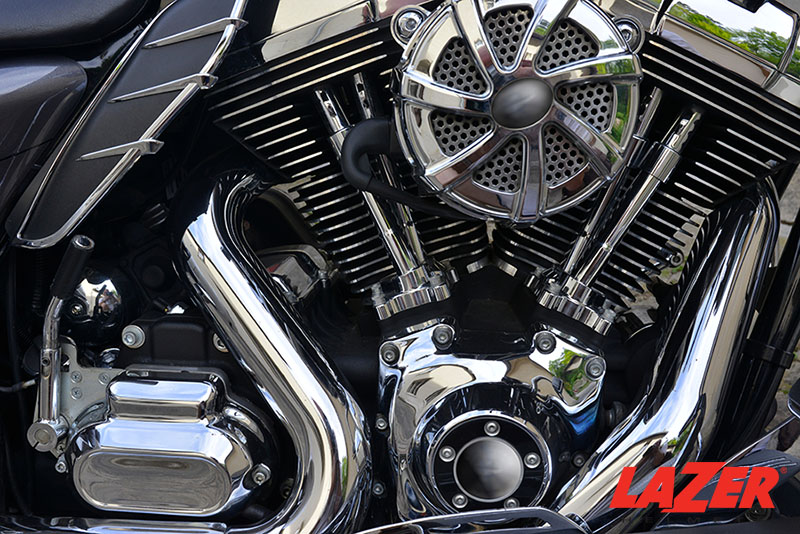
It’s not an exaggeration to claim that the engines are your motorbike’s beating heart. From budget motorcycles to high-quality Harley Davidson Honda dirt bikes, every bike mechanism depends on internal engine combustion for maximum power.
At the time of this writing, two exotic engine types are available: two-stroke (which only requires lubrication for the combustion chambers’ internal, creating greater torque at better RPM) and four-stroke (circulating oil through all moving parts to generate better torque at lower RPM).
Regardless of the differences, the two fundamental structures are more or less the same: in all simplicity, they are small, closed champers where spark plugs produce a well-refined mixture of fuel and air.
As the energy expands rapidly in the cylinder, it generates a pressure that powers the bike’s piston. These pistons (linked to the con-rod) spin the large axle/crank to energize the bike’s rear wheel.
Such movements result in what we call “momentum,” pushing the pistons into the cylinders to expel all burnt gas. While the radial piston engine runs, its gas leaves the chamber through two pipes leading to the motorbike’s exhaust. Here is where a typical gas emission process occurs.
2. Exhaust

No bike can run smoothly without a high-performance and well-maintained exhaust. When fuel is burning in the combustion chambers, their exhaust system helps channel it out.
The exhaust also allows your engine to operate at a manageable and controlled volume. A malfunctioning exhaust pipe (or lack of it) will cause the bike to make terrible engine noises.
3. Suspension
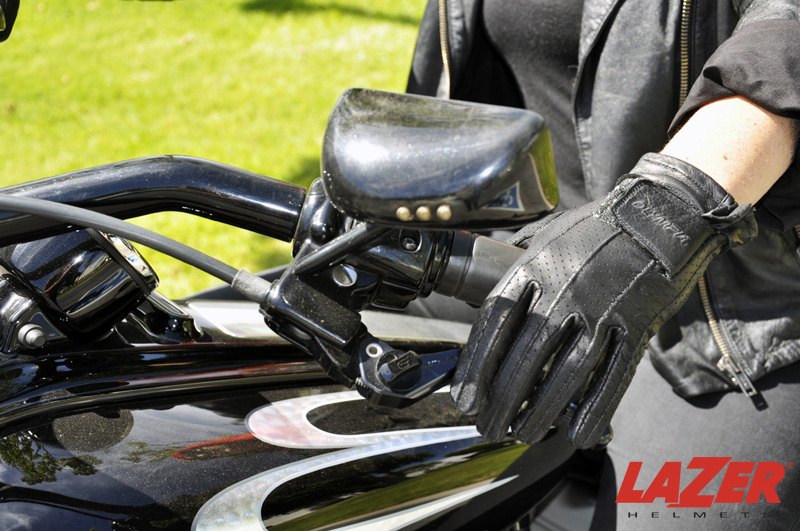
Learning how the suspension works is also vital to discovering the bike’s hidden potential.
All in all, the goal of every bike suspension compartment is to ensure your motorcycle wheels stay firmly on their spot. Without the solidity of the rear and front suspension system, your cruiser-style motorcycle easily loses traction at even the smallest road bump.
Most average bike’s suspension comprises a dampener and a spring, absorbing impacts and separating the bike’s frame (chassis) from the bikers. There are also rear and front fork suspensions, usually materializing in the form of a hydraulic dampener or swing arm near the rear.
Depending on how the bike is modeled or designed, you may adjust/tweak the suspension in all directions to accommodate your body weight or the terrain you want to travel.
4. Chassis
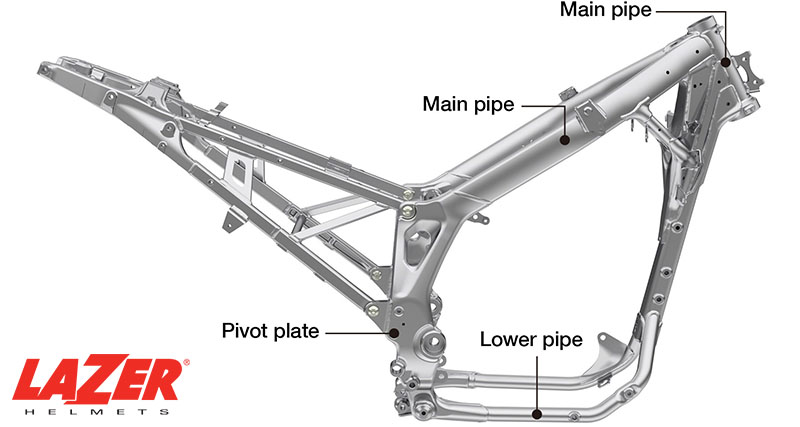
Regarded as the motorcycle’s skeletal structure, it includes numerous integral parts that serve as the engine’s base. The chassis is powered by two separate components: the motorcycle forks and frame, aside from the suspension (which we have already discussed).
- Front Forks
Front forks are what made your handling and steering possible. More specifically, the handlebars link the fork pipes on both front-wheel sides, where the suspension’s hydraulic springs are housed.
And this pipe continues to expand further to the legs (named sliders) connected to the wheel’s control movement and the front axles. It’s easy to guess how things will go from here!
- Frame
Many consider the frame a key part of every chassis; it serves as the central element on which the entire motorcycle rests.
The frame consists of the forks’ connecting elements (referred to as “head tubes”) that enable pivoting movements. Since optimal density and strength are required here, it’s no wonder the common materials for expensive custom frames are steel or aluminum.
5. Wheels
How can a diesel motorcycle be completed without wheels? They are where the diesel engine power is stored, after all!
And one critical element of every wheel is its rubber tire. Bike tires arrive in numerous sizes and shapes to satisfy every biker’s preference and riding style. In general, experts divide them into three categories:
- Off-road: These tires enjoy a protuberant and rough shape, whose structure goal is to evenly distribute mold and loose dirt, fostering improved traction. This design is practical for uneven surfaces and terrains.
- Street/Road: Road tires are usually smooth and flat, keeping the wheel firmly to the ground to sustain maximum traction.
- Dual Sports: As a hybrid of the two options above, they are favored by experienced cyclists. While the off-road roughness is still there, these tires are flatter and broader than their street/road counterparts, making them a wonderful companion for any chosen riding terrain.
6. Brakes
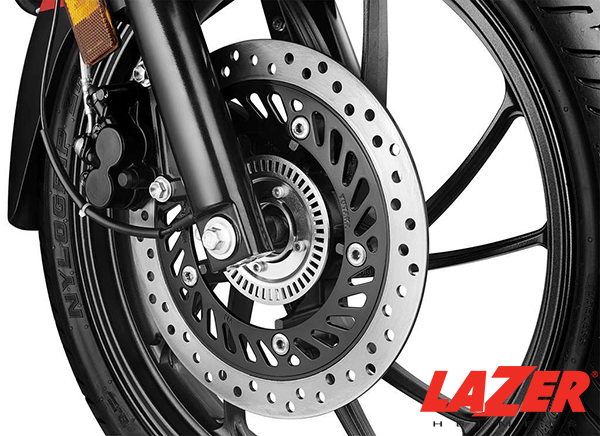
We cannot imagine how a motorcycle’s electronic system performs without dual brakes. Not only do they provide better safety, but understanding their structures also saves you thousands of dollars for replacements and repairs.
Overall, a motorbike delivers two varied brake sets to manage the rear and front wheels. As the latter (front wheels) demand more braking power, their brake prominence often exceeds the rear wheels.
From here, the options continue to be broken down into two types of brake systems – drum and disc brake dives:
- Disc brakes: more preferred for larger, expensive motorcycles. Their braking power is arguably more outstanding.
- Drum brakes: older types commonly found on small motorbikes. If they are used for large bikes, it’s mostly for back brake pads.
7. Seat
How the motorcycle seats are sized and shaped depends on your chosen bike model. Thankfully, it’s among the most easily-adjusted parts; you can remove or add more backrest/padding along the way, particularly for longer journeys.
If needed, it’s possible to install an extra seat for a pillion or passenger, too.
8. Dashboard

Though their popularity might be less impressive for vintage/old bike models, dashboards have become an integral element of modern road motorcycles.
Their configuration and position vary across manufacturers and bike types. Nevertheless, their most common placement is between the handlebars (or below them) to give drivers a clearer view.
The main components of every dashboard are always the following:
- Speedometers: to tell you the range of engine speeds (in KM or MPH)
- Tachometers: to tell you the real-time RPM value (Revolution per minute).
- Optional: engine temperature gauges, warning lights, and indicator lights.
9. Handlebars
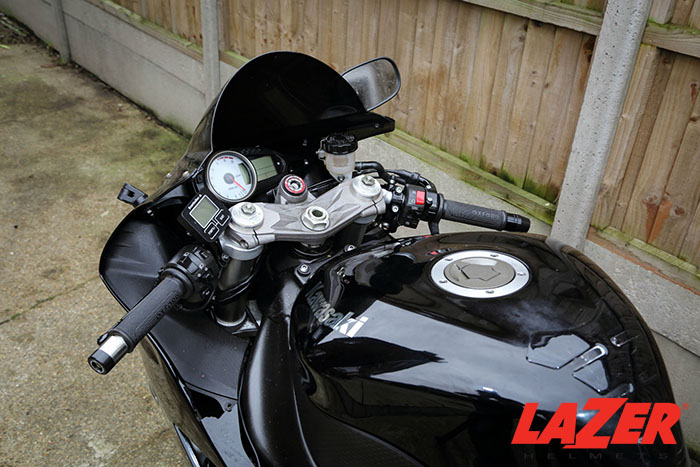
Motorbike handlebars control the bike’s steering and heading direction. Since they are an active element in your riding trips, numerous sizes and styles are available to match riders’ diverse preferences and techniques.
To foster better management of the bike’s steering and directions, manufacturers support the handlebars with many integral control components:
- The throttles (which we will discuss right after this)
- Independent brake control
- Controllers (for cruiser bike lights)
- Electric start-up switches
- Engine capacity cut-offs
10. Throttles
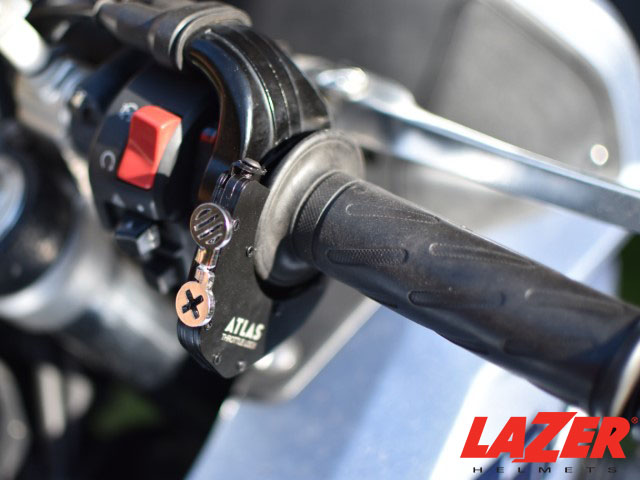
Whenever you are on the bike, it’s important to know when to tighten or loosen your levels of grip on it – and that’s where the throttles enter! Their purpose is to decrease or increase the bike’s speed – based on which direction the lever is turned.
However, unlike their name suggests, throttles only demand light holds of your fingers. Excessive grasp of the lever will jolt your bike forwards erratically.
11. Brake Levers
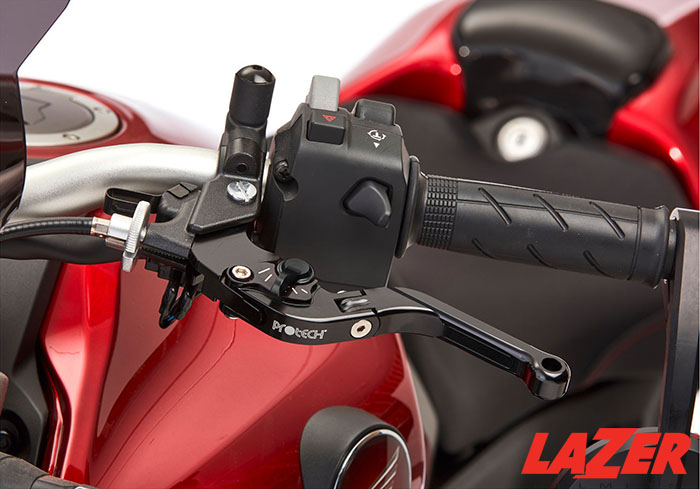
Two or more brake levers are a common sight for regular, pedaled bicycles. But with motorized two wheels, only one is installed!
The left lever on the front handles the front brake, while the pedal controls the rear brakes. To operate them effectively, squeeze them towards you using all fingers. The stronger your pull is, the faster your bike’s halt.
12. Clutch Levers

An integral component of the bike’s control system is the clutch levers. They are placed near the brake levers on the bike’s right side.
To engage these clutches, pull them towards your chest to disconnect the rear wheels’ engine power. After that, change bevel gears and release the levers again, returning the back wheel’s energy.
Never forget to practice your clutch control before marching onto the busy street. Poor control results in motorbike stalls during gear changes or deceleration.
13. Gear Changers
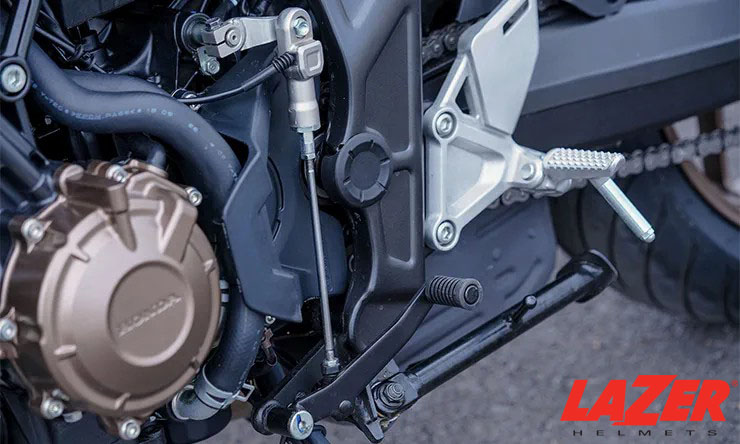
How to change radial-engined motorcycle gears? Simple: use the foot pedals (on the bike’s left side) and the clutch handles introduced above.
Gear changes on motorbikes are not much different from those in cars. While clutch lever controls can be either fast or firm, pressure releases for gear adjustments MUST always be controlled or smooth. Otherwise, stalling issues are inevitable, as we already mentioned in our discussion of clutch levers.
The general process of gear changing should go as follows:
- Step 1. Use the left hand to squeeze your clutch lever.
- Step 2. Use the left foot and gearshift lever to choose your desired gear.
- Step 3. Gently release the lever. Now switch to the new gears and reactivate their power.
14. Footpegs
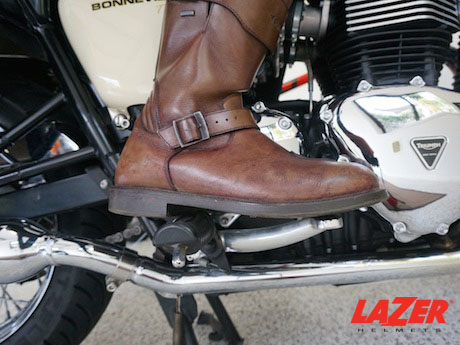
A successful shaft-equipped motorcycle operation involves both your hands and your feet. We have talked enough about hand controls. It’s time to move to the footpegs!
Three basic foot-management controls are involved in every motorbike: kickstart, gear-shifting, and rear-brake pedals.
- Rear-brake pedals: on the bike’s right side above your footrest. Use your toes to apply more pressure till the motorbike slows down.
- Gear pedals: often located near the footrest on the bike’s left side. During gear shifts, press the gear pedals and clutch handles in unison. Each common motorcycle has varied gear ranges, so do your research or read the manual carefully.
- Kickstart pedals: near the footrest on the bike’s right side. They aim to get your motorbike ready for the trip by igniting spark plugs.
15. Signal Light
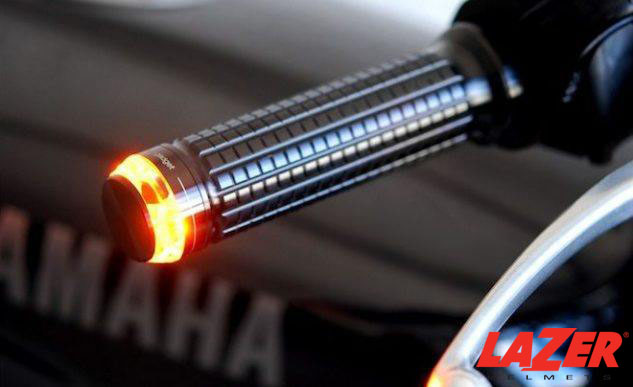
Unlike other motorbike compartments, they are not directly involved in the bike’s mechanism. Nevertheless, traveling safely on the road (especially on highways or high-traffic streets) is impossible without them.
For bikers to keep track of them easily, signal lights often come in simple symbols. There are also color codes to indicate severity levels – from red (dangerous) to green (safe).
Amber and red warning lights (managing the bike’s more severe parts) are as follows:
- Ignition lights (red): They are battery symbols that only flicker when you turn on the ignition. After three or four seconds, there will be an automatic turn-off.
- Oil pressure lights (red): Their icons resemble oil containers. If you see them lighting up, your oil pressure at that moment is low.
- Engine temperature lights (red): These lights warn you about the bike’s low coolant levels via symbols that look like thermometers around fluids; overheating issues in the internal combustion engine are probably at play.
Once these lights are illuminated, you’d better stop the bike immediately to turn its engine control unit off. Further diagnosis and maintenance are also required.
- ABS lights (red): ABS stands for the anti-lock brake system. Not every bike has this feature (only high-ends like Harley Davidson); but if it does, ABS lights illuminated are signals of braking issues.
16. Headlights
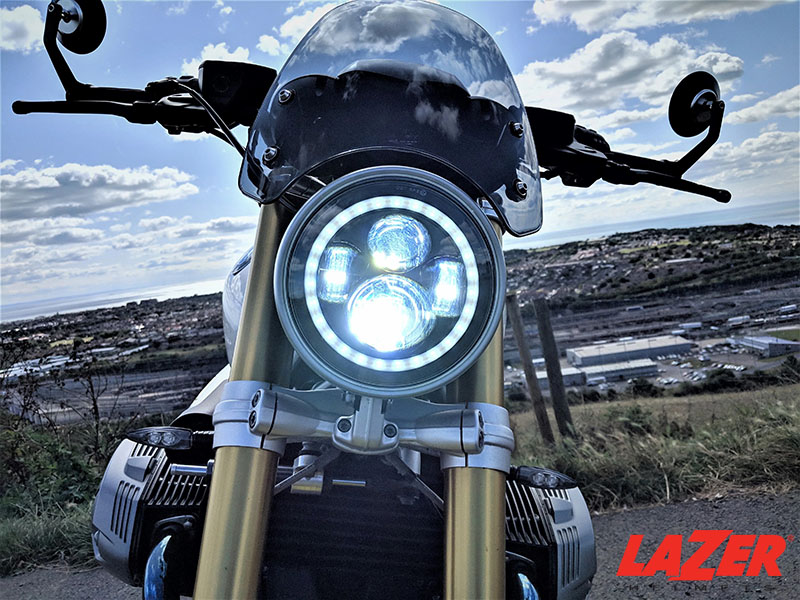
Daylight travels seldom require headlights. They are mainly helpful for night road trips.
To use headlights, turn on its indicator switch with your thumb. There are two options: dipped-beam and full-beam (whose names are self-explanatory enough). Assess your situation to choose the more appropriate option.
17. Storage Options
Like headlights, not every bike has built-in spaces for storage purposes. But adding one to yours is highly recommended. The most favored options are hardtail bags or top boxes, rigid-frame containers attached to a bike’s tail end.
18. Other Motorcycle Accessories
- Horn
By pressing the starter switch on the handlebars, you will activate the electromagnet that expands the diaphragm till it reaches the contact points. The steel’s electromagnet pull is broken as a result, pulling the diaphragm back to its initial placement. And the entire cycle starts again.
But what’s even its purpose, though? You can regard horns as the vehicle’s alert system to warn other bikers of immediate dangers associated with your motorbike’s presence. Never forget to turn them on during cornering, turning, or on busy roads!
- Engine Guard
Engine guards protect the motorbike engine when accidents occur. Under these circumstances, they will be the very first contact point between the ground and the bike, keeping foot-trapping issues at bay and minimizing crankcase damages once the motorbike collapses.
With the simple installation and superior protection, they are an investment worth all your money.
- Mirrors
These devices are not compulsory for bikes (unlike cars), but it’s hard to imagine smooth riding with a mirrorless motorcycle.
Thanks to their clear road view, you can anticipate and predict what’s coming behind you. As per numerous traffic statistics per year, most accidents are put down to motorcycle riders not installing the mirrors/not looking at the mirror on time.
There are multiple mirror options available, like other motorbike parts. Yet, our favorite is convex mirrors, whose vision fields far exceed plane mirrors and enable riders to observe individual objects pretty well.
- Kickstands
Kickstands on air-cooled motorcycles allow the motorbike to stay upright without tilting or bending over. No extra help or supporting objects are needed!
They are usually shaped in a small metal piece sliding down from your bike’s frame to contact the ground, categorized into two types:
- Side stands: Common in almost every automatic motorcycle, whose left sides are under the footpegs.
- Center stands: Much rarer but far more effective. Motorbikes with these stands can always keep their upright position, which is terrific for maintenance and storage.
Tips for Bike Maintenance and Storage/Winterization
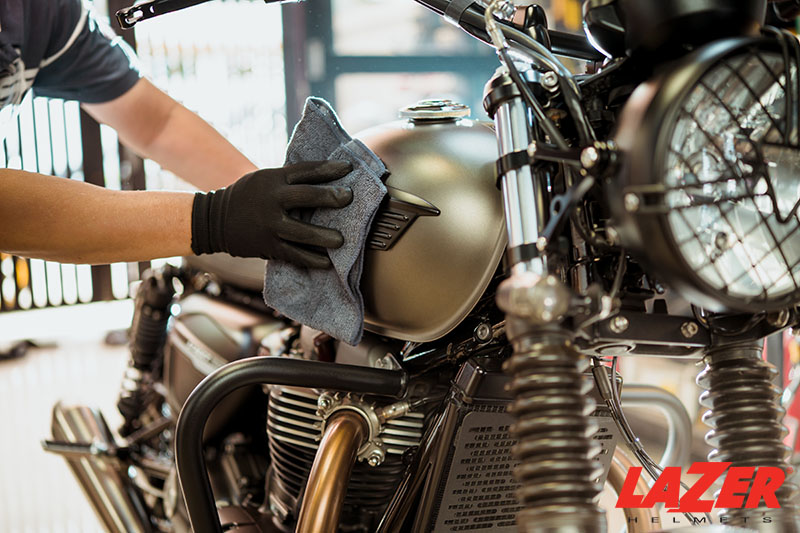
1. Maintenance
a. Check your tire condition frequently.
Whenever there are worn treads, broken bars, or palpable changes in the bike’s handling (specified by your local legislation), replace its tires immediately. Both over-inflated and under-inflated tires are not recommended; too much pressure hampers the maximum grip, while under-inflation overheats and breaks the dirt bike tires.
- It would help to check the tires before/after every trip. Keep a consistent schedule of at least once a week.
- Replace them right away if the pressure loss is rapid
- Buy new tires when the tires only have 0.063 inches (2/32” or 1.59 mm) remaining tread. Please do not wait until they go bald completely.
- Always change them in sets (rather than just one of the two tires). Both tires undergo similar rigors and stresses during the journey.
b. Check and replace or top up engine oil.
Engine oil lubricates the bike’s engine and gears; your delay to change them on time will bring about severe damage. Most owner manuals will discuss in detail the recommended frequency of these oil changes, which you should follow rigorously.
- Look for potential oil leakages. Excessive carbon deposits densify the oil, resulting in notable drags in the engine movement.
- Never run the pit bike on unclean, dirty oil. Otherwise, fuel consumption will surge and lead to a shorter engine life.
c. Always clean the air filters.
Dusty conditions in these filters will cause clog-ups at a startling speed. Remember to change these filters between intervals and increase your cleaning frequencies in dirtier, more stubborn places.
d. Adjust the clutches correctly.
No rotary bike can function as you expect without the appropriate free-play level. Ensure proper adjustments are always at play.
Still, do not tighten the clutch more than necessary; too-tight clutches will slip without you realizing it and increase fuel consumption.
e. Service the engine often.
Tune the engine to keep its clockwork operation and cut off unnecessary fuel waste.
- Cleanse the carburetors and sustain valve clearances. It’s better to do so every 900 miles (or 1500 kilometers) you travel.
- Wipe the spark plug. Check the distance between these plugs every 450 miles (or 750 kilometers) for two-stroke and every 900 miles (1500 kilometers) for four-stroke engines.
- Change the spark plugs in strict compliance with what the manual specifies, using the right plug type and grade.
- Always keep the chokes clean. Replace them right away at any slightest signal of damage.
f. Preserve the bike’s transmission system
An unlubricated drive belt will eventually break down due to too much heat. Such cumulative wear in every separate link loosens the chain, causing them to slip off your cush drive sprockets – what a dangerous situation for even the most experienced bikers!
Thus, never neglect frequent adjustment, cleaning, and lubrication for these enclosed drive chains.
- Wash them with paraffin.
- Use a soft brush and cloth to scrub off the dirt. Don’t ever clean these chains with water since their links might rust.
- Once no grimes and dirt are left, wipe the chains with dry, clean cloth.
- Lubricate the chain and its links with old engine oils.
- Confirm proper free play and tension. Otherwise, the semi-automatic transmissions to the rear wheels cannot occur smoothly.
2. Winterization
a. Idle the motorbike and ride it around
Running the bike’s engine helps you drive off water or contaminants in oils. The chain also heats up, making it much easier to lubricate later.
b. Fill your fuel tank
Some riders prefer to drain the fuel system completely, arguing that their external oil tanks will no longer be gummed up as a result. However, do not forget that a huge selection of modern liquid-cooled motorcycles are gas/fuel-injected, meaning there are no easy tank-clearing methods – except removing the gas tank physically to pump out the fuel. How inconvenient!
Instead, we suggest you fill up your petrol tank completely. All water and air – the two factors that cause oil to go gummy – will vanish instantly.
c. Treat the bike’s fuel
Modern gas contains lots of ethanol; hence, letting it sit idle for too long will separate the gas components, worsening its quality.
Thankfully, a little treatment is more than enough to solve this problem. Add some treatment products into the reserve tank arrangement and top it off completely. No room for water or air is left, ensuring the gas will be kept in good condition.
On another note, are you one of those who want to have a ride in winter? Then remember to retreat fuel after every trip. If that sounds too tiresome, keep some pretreated fuels in your garage. Just top the tank off whenever you get back, and you are all set!
Lastly, run the motorcycle a few more rounds to let the treated fuels flow through the system and reach your injectors/intakes.
d. Replace the fluid
By “fluid,” we mean your primary fuel, manual transmission fluid, and engine oil. Like any other part of the bike, inconsistent maintenance schedules will make them go bad; worse, mucky and gummy oil can destroy the engine and its internal transmission systems.
So you know what to do; replace all these fluids before putting the bike away for storage.
FAQs
1. What Is The Most Important Part Of A Motorcycle?
The engine is undoubtedly the brain of a bike, in charge of running all other parts.
2. What Are A Bike’s Most Valuable Parts?
The crown definitely belongs to the frame and frame slider. They bear the entire weight and load of your motorbike, after all, a testament to its over-time quality.
3. Do The Motorbike’s Plastic Parts Have A Name?
People use the term “fairings” to refer to the plastic panelings that wrap around your bike frame.
4. What Are 3 Motorcycle Types?
There are 6+ types of motorcycle, including subcategories, but the 3 most popular types are standard, cruiser, and touring.
Conclusion
Our expert team has analyzed and broken down your two-wheel in-depth, providing the motorcycle’s all parts names with pictures.
Now that you have understood the mechanism behind the selection of motorcycle parts, operating, maintaining, and upgrading them will be a piece of cake. Troubleshooting procedures also transpire much more smoothly.
Aside from discussing the main motorcycle components, we also provide wonderful tips for motorbike winterization/storage in case you do not ride it for longer periods. Unless a broken and deteriorating motorcycle is what you want, never leave these guides out of your mind.
